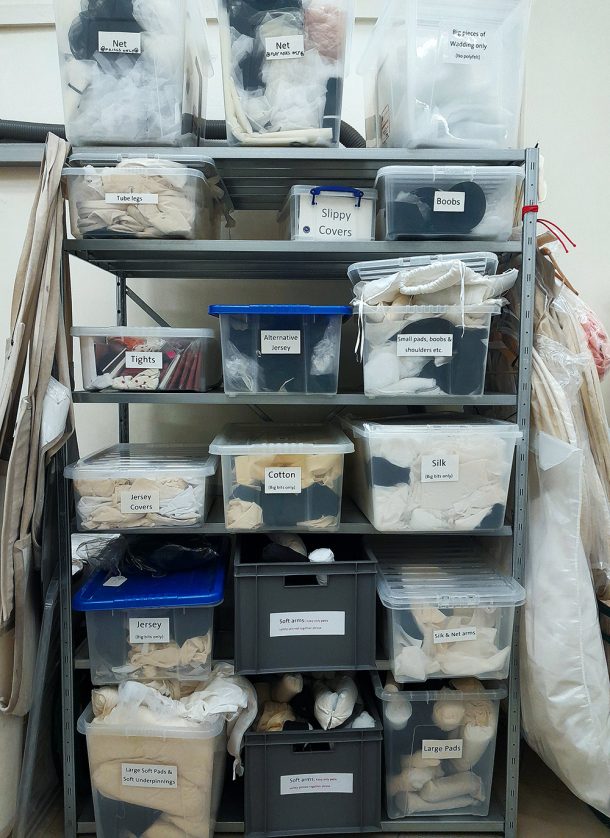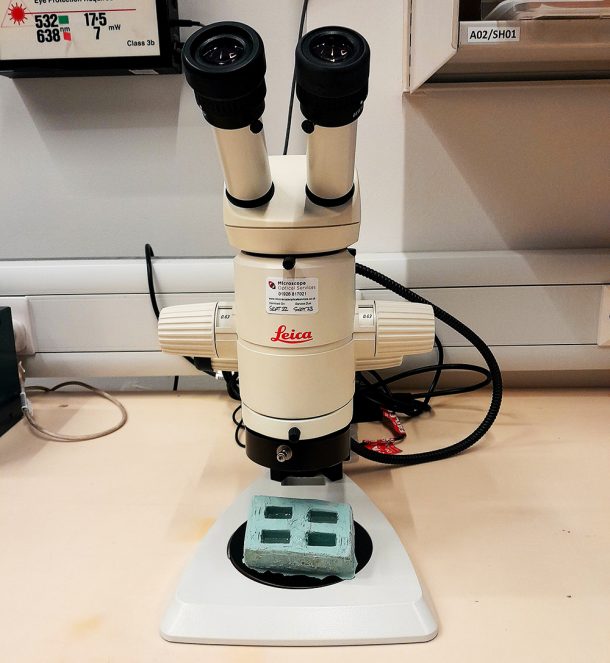I recently had the opportunity to join the V&A as a Conservation Sustainability Intern, a role created in order to support the museum’s 2021 Sustainability Plan. This plan uses a systems-based approach to sustainability, which means understanding and using the influence of the organisation as a whole to affect sustainable change, rather than focusing only on individual parts. The ambitious end goal of this plan is for the museum to reach net zero emissions by 2035. While sustainability work is being done across all the museum’s departments, the Conservation Department has a unique and important role to play – as the materials, energy and resources that conservators use are directly preserve the museum’s collections. Speaking with our conservators, it is clear that there is much enthusiasm for implementing changes that will reduce the environmental impact of conservation activities. The conversations I have had with conservators here are what has driven the focus of my research – translating sustainable thinking into everyday habits and actions.

Museums have the resources and opportunity to influence how people engage with climate literacy and sustainability. As increasing fluctuations in climate due to global warming are already affecting museum collections – such as the display of wax figures at the V&A during warmer months – the actions of heritage institutions mirror societal responses to climate change. Museums have a responsibility to act as an example of not only how to preserve and protect objects but how to protect our planet’s future. Many museums and heritage organizations worldwide have become involved in climate change action, such as the Australian Museum’s Climate Solutions Centre and the Tate’s Environmental Risk Rating system for incoming artworks. While there are many sustainability initiatives at heritage organizations, few appear to be centred around conservation activities. It is vital that the research, innovation and leadership efforts from conservators regarding sustainability are made into a reality.
Conservators at the V&A are currently contributing to the Sustainability Plan through recycling and reusing as much material as possible, whilst being conservative with the amount of material they use for treatments. The implementation of the Sustainability Coordinator role, glove recycling schemes and a switch to LED lighting as a department are significant first steps. Innovative ways to reuse materials such as creating items for the V&A shop using material offcuts are being proposed and tested by staff, and it is important that conservators – not just at the V&A but at all heritage institutions – have the opportunity and the support to implement their sustainable ideas. Simple changes such as switching from hard plastic to flexible silicone cups for mixing materials that harden like resin and plaster are small wins that ultimately add up over time, and it is the conservators who use these materials that know where to best make improvements.

As the time of my internship nears an end, I hope to implement systems for this to take place at the V&A going forward, allowing conservators to communicate their ideas and test out new sustainable solutions. Every step, no matter how big or small, is one step closer to a fully sustainable museum.


